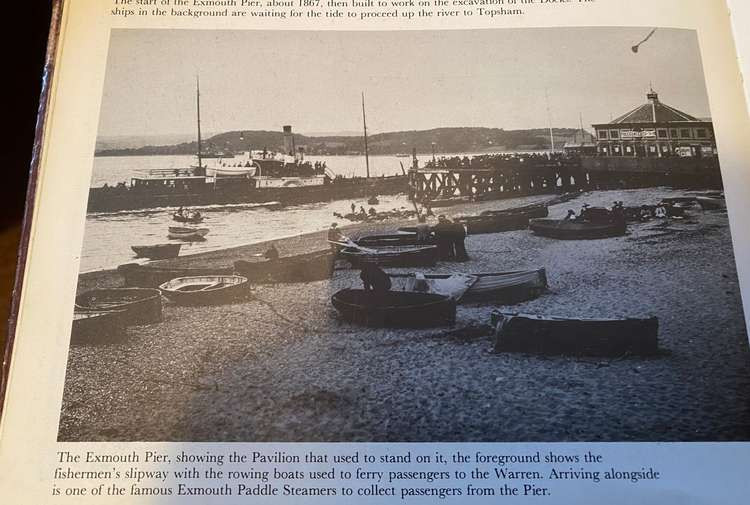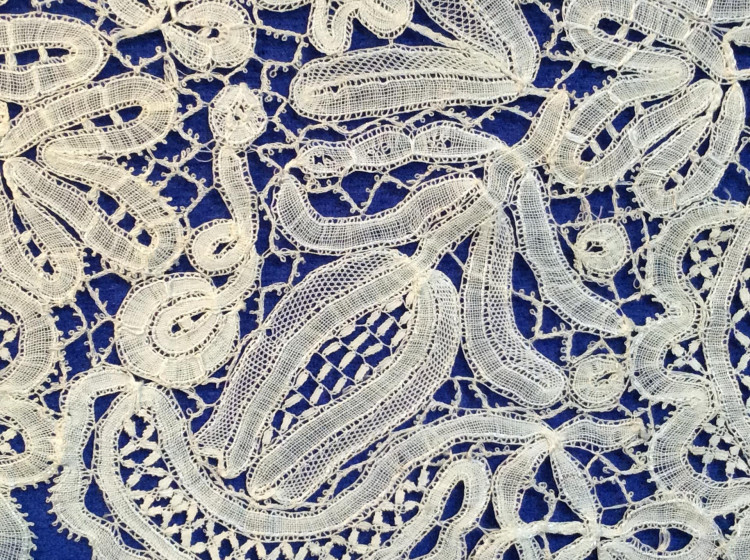Exmouth historian: Jobs your ancestors had in the town through the ages
By Mike Menhenitt 29th May 2022
By Mike Menhenitt 29th May 2022

Today, Exmouth is largely dependent on the tourist trade for its prosperity. It was not always like this though, as down through the ages the trades in the town have been the subject of change.
Back in prehistory days, there were thought to be fishermen eking out a living by The Point and then farming in the area with the arrival of the Bronze and Iron Ages and the Celts.
Towards the middle of the 18th century, we start to see the arrival of the first visitors to bathe off the foreshore and stay at the newly built Globe Hotel and the number of inns that started up in the town.
In 1761, there was a lime kiln in Maer Road which was rebuilt in 1790 by Charles Webber and he later improved it further in 1806 and added a cottage adjacent to it.
At high tide, ships loaded with limestone would come through the gap here and their loads were thrown into the waters under the kiln. At low tide, it was a simple matter of removing it. It was supplied to Littleham and Withycombe. The Maer Brook also ran by the kiln and watercress was harvested here too.
Hoopers established their brickworks in Stoney Lane but later moved to Withycombe.
Piloting, unloading, and building ships - and supplying bricks
In the early 19th century Exmouth men earned a good living from piloting ships through the treacherous waters up to Topsham and Exeter.
Later, ships would unload at the new jetty in Exmouth, this being done by the heavier ships unloading cargo into lighters that would then bring goods ashore – so there was plenty of work for the men of the town.
With the arrival of the dock, shipbuilding became a source of employment along with the iron foundries established as part of this industry. As early as 1760, Thomas Dixon was building boats in the St Andrews Road area and this family remained as boat builders in the town until the latter part of the last century.

It is recorded that in 1830 John Walters was building ships at The Point, but it was around 1843 that shipbuilding really took off with the setting up of two yards by the Redway brothers in Shelley Road and Camperdown Terrace.
They prospered and provided much employment until the 1880s, when a disastrous fire destroyed their yard. They were not insured, and could not financially recover, so the business ceased - and so started the decline in shipbuilding in the town.
Part of the Redway family still thrived as Thomas Redway in 1863 had bought 30 acres of land at Rill Park Estate and established a brickworks there to supply bricks for the ever expanding buildings going up in the town.
The Honiton Lace industry, and straw hats

The 1850s also saw the town become a great centre for the Honiton Lace industry.
There were over 300 people in the town employed in it, mainly women and girls from the lower classes who earned 5-6 shillings a week, (25-30p in today's money).
This industry was also in and around the local villages and the lace was traded at market in Exmouth. There was also a great trade in straw hats at this time with 14 such hat makers around the Bicton Street area.
Butchers, tailors, solicitors, bootmakers
In 1865 The Rolle Estate Act was passed allowing the trustees to expand their activities with the building of roads, gardens, squares, drains etc and they could now grant leases on buildings for 99 years – so commenced a new era of building and development of the town.
Trades expanded and now included grocers, butchers, tailors, bootmakers, solicitors, undertakers and the West of England Bank amongst many others.
The first new building in the town developed by The Rolle Estates was on the corner of Rolle Street and Strand in 1868 where the Globe Hotel once was situated and owned by Clapp's Bakery. The building is still there today and is now Grade II-listed.
As we saw at the beginning, fishing has always payed a part in the prosperity of the town.
Although now a smaller part of the industry of the town, in the 19th century it received cod from Newfoundland and large quantities of herring and shellfish. Fishing declined from around the 1920s but still thrives in its own smaller way around the dock area.
If you would like to know more, a good starting point is the library on Exeter Road. There are many books in existence on all aspects of the history of Exmouth and these can often be found not only in good bookshops but also on line.
The Exmouth Museum staff are always happy to help and at the museum there is plenty of history to see and read about and a comprehensive library of newspaper cuttings relating to events and people in Exmouth. Please visit the Exmouth Museum website or contact [email protected].
—————
Ed: This is the ninth part of Mike Menhenitt's 'Walking Through Exmouth History' series. Use the links below to read previous articles:
Part One: The beginnings of Exmouth, from the Stone Age to the Bronze Age
Part Two: Exmouth in the Iron Age - and the arrival of the Celts
Part Three: Roman coins and Viking raids
Part Four: The impact of the Norman conquest, and how places in Exmouth got their names
Part Five: How Exmouth became a fashionable seaside resort in the 18th century
Part Six: How the docks brought prosperity to Exmouth - and then became the marina
Part Seven: The coming of the railway
Part Eight: Turnpikes, toll houses and inns in Exmouth
CHECK OUT OUR Jobs Section HERE!
exmouth vacancies updated hourly!
Click here to see more: exmouth jobs
Share:




